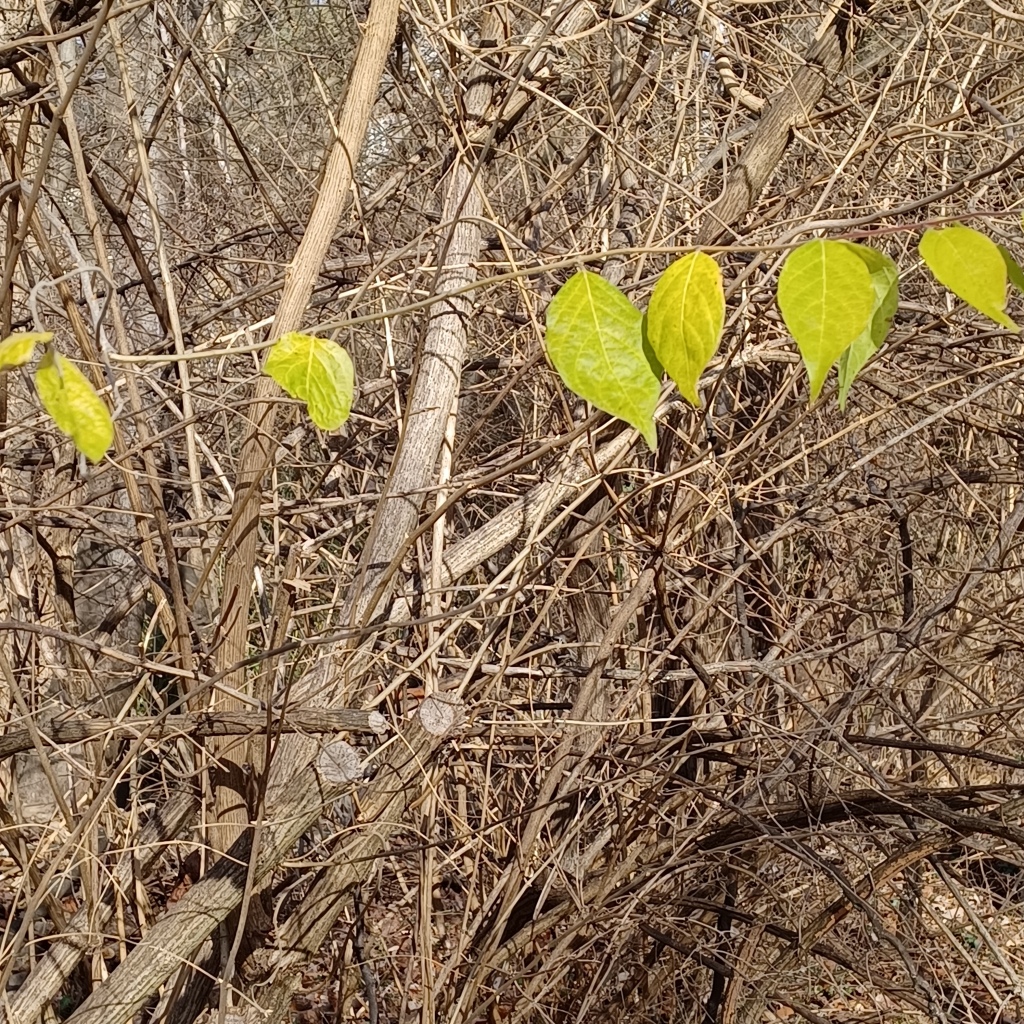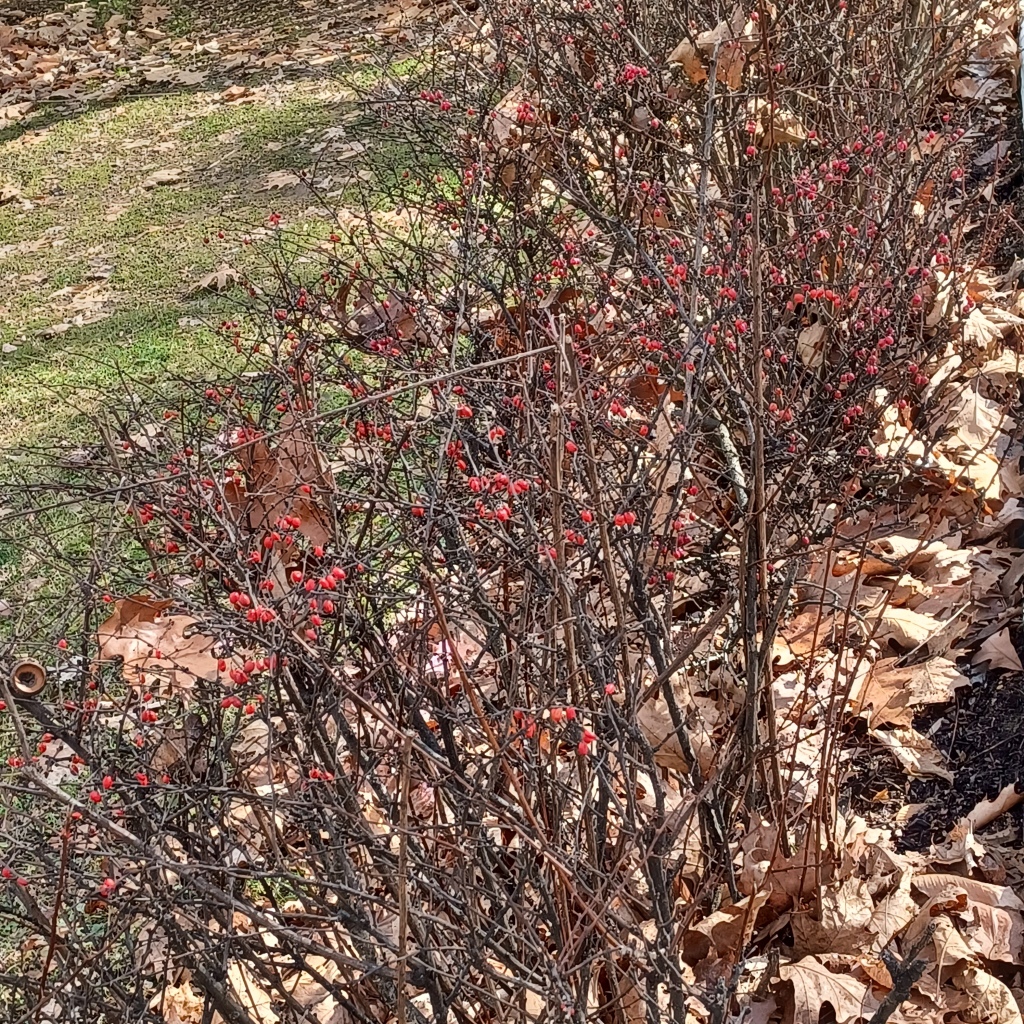Have you ever wondered why so many invasive plants pervade our yards? Consider my own experience.

When I moved to Takoma Park 39 years ago, my yard already had various shrubs—including Japanese barberry and a pair of Asian bush honeysuckles. English ivy, Japanese honeysuckle and vinca ran along the banks and boundaries of the property.
As a novice gardener, I consulted two resources as I began to create garden beds:
- The Garden Primer, published in 1988, revised in 2008 and still readily available.
- The Victory Garden Landscape Guide, published in 1984 as a companion to “The Victory Garden” PBS show.
Sometimes I added native plants, but I was just as likely to plant non-natives such as daylilies and Japanese spiraea.
I now know that all these shrubs, flowers and vines I’ve named are invasive.
I’m sure I wasn’t alone. One or both references I cited above say the following 20 invasive plants are worthy of a spot in a garden:
Common name Scientific name
- Amur honeysuckle Lonicera maackii
- Autumn olive Elaeagnus umbellata
- Bradford pear Pyrus calleryana
- Bugleweed Ajuga reptans
- Butterfly bush Buddleia davidii
- Chocolate vine Akebia quinata
- Common daylily Hemerocallis fulva
- English ivy Hedera helix
- Goutweed (ground elder) Aegopodium podagraria
- Heavenly bamboo (nandina) Nandina domestica
- Japanese barberry Berberis thunbergii
- Japanese holly Ilex crenata
- Japanese honeysuckle Lonicera japonica
- Japanese spiraea Spiraea japonica
- Japanese spurge (pachysandra) Pachysandra terminalis
- Lesser Periwinkle (vinca) Vinca minor
- Norway maple Acer platanoides
- Regal privet (border privet) Ligustrum obtusifolium
- Winged euonymus (burning bush) Euonymus alata
- Wintercreeper Euonymus fortunei
Of these, seven now are either banned for sale in Maryland or must be sold with warnings that they are invasive. Another 10 are on Maryland’s watch list for sales restrictions. Finally, bugleweed, Japanese holly and Japanese spurge aren’t yet on the watch list, but do appear on a state list of invasives gardeners should avoid.

If, like me, you let invasives grow unchecked for years or even planted them, don’t be hard on yourself. There was little awareness even 20 years ago among gardening professionals that many non-native plants would be invasive.
We may have sinned, but we can do better. We can follow the suggestions of entomologist Douglas Tallamy to root out invasives and center our gardening practices around local native plants that provide food and habitat to insects, birds, and other creatures.
—Meg Voorhes
